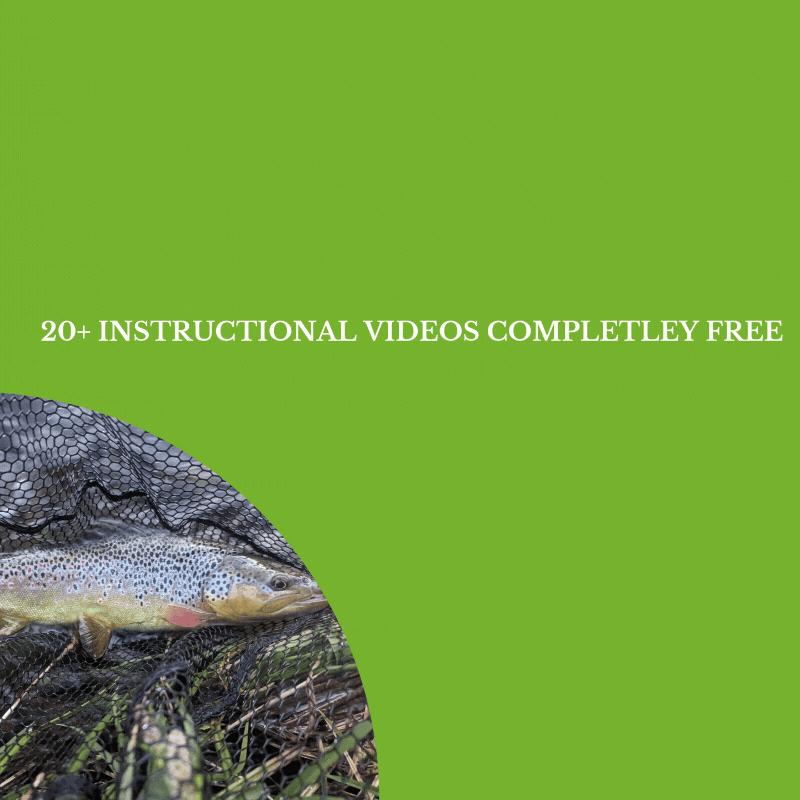

As summer fades into autumn, rivers across the UK take on a different feel. The long, bright days shorten, mornings turn cool, and trout begin to change their feeding behaviour. By September, surface activity can be a little more sparse than at the height of the season, but the fish are often more aggressive as they prepare for the leaner months ahead. For anglers, the closing weeks of the trout season can provide some of the best sport of the year.
Rising Fish in September
Although fewer fish may be showing than during peak season hatches, there are still important food sources worth keeping in mind:
- Large Dark Olive — makes a welcome return with steady trickle hatches on cooler days, often around midday.
- Autumn Dun — a key upwing fly of September, especially as temperatures dip.
- Pale Watery Duns — small olives that continue to appear into early autumn.
- Terrestrials — beetles, ants, and crane flies (daddies) are blown onto the water in good numbers and often bring fish up.
- Caddis (Sedge) — still active in the evenings, often sparking confident rises at dusk.
Patterns such as CDC Olives, F-Flies, Black Ants, Daddy Longlegs, and Elk Hair or Goddard Sedges remain reliable late-season choices.
Adjusting Your Tactics
By September, trout are less likely to hold in shallow, sunlit water. Cooler nights draw them back into riffles and runs where oxygen levels are higher. A few key adjustments make a big difference:
- Fish subsurface with confidence — with fewer consistent rises, nymphs become the main course. Slim tungsten patterns like Perdigons or classic Pheasant Tails get down quickly in broken water.
- Keep moving — don’t get stuck on one favourite pool. Plenty of fish hold in the “in-between” runs that other anglers often walk past.
- Make the most of terrestrials — a lightly dressed Daddy Longlegs or beetle pattern twitched across a glide can bring explosive takes on breezy afternoons. Trout know these easy meals won’t be around for long.
- Use low light periods — morning mist and evening gloom are prime feeding windows. A sedge skated at dusk or even a small streamer pulled through deeper water can tempt larger fish that rarely show in bright conditions.
- Bring in the streamers — as trout begin to charge up for winter, they will often take streamers aggressively. Patterns that imitate fry or small fish can provoke hard strikes, especially in deeper pools and along undercut banks. It’s a strong option for targeting bigger, territorial fish at this time of year.
Presentation Tips
- Leader set-up: long leaders (12–15 ft) with fine tippets (5X–6X) help keep presentations delicate in clearer September water.
- Stealth: lower flows often mean spooky fish — wade quietly and use bankside cover.
- Resting fish: if a trout stops rising, give it a break before casting again. Patience often pays off.
Looking Ahead
As the trout season closes at the end of September, grayling fishing begins in earnest. Many of the same nymphs and tactics transition seamlessly into autumn and winter fishing.

